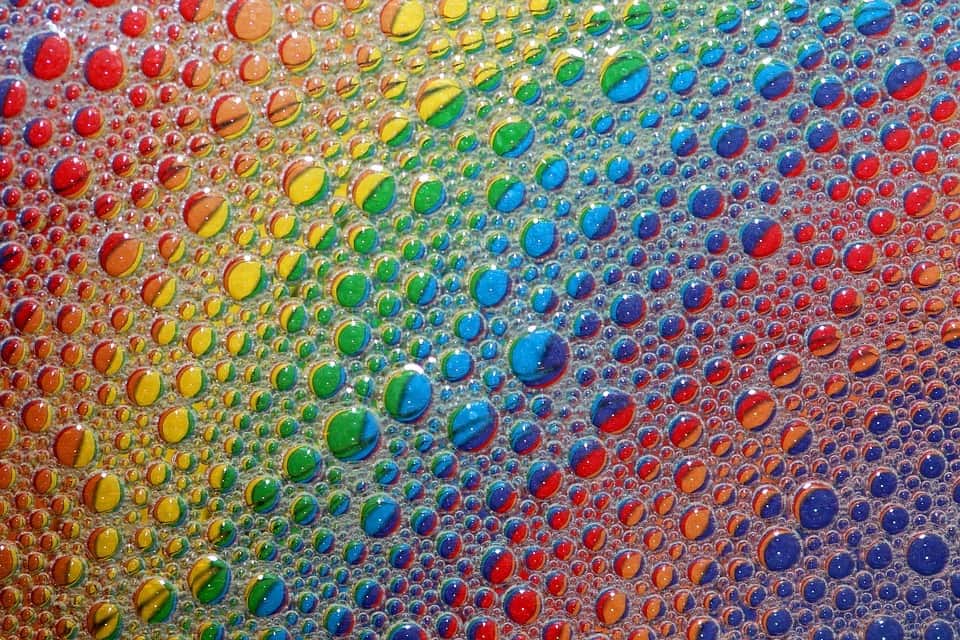Colors in Soap – how are they created and what should you use?
Natural colorants
Natural colorants are typically thought of as those that come directly from nature. We use many of these colors for our soap making. Depending on the specific soap, our coloring process may include one or more of the following natural ingredients.
- Red: Molasses, cranberries, pomegranates, red beets
- Black: Charcoal clay
- Purple: Blackberries
- Yellow: Goldenrod, curry, powdered lemon peel, yellow silt clay, mustard,turmeric,
- Green: Spirulina, spinach, kale, chlorella, liquid chlorophyll, kelp powder, avocado
- Blue: Blue Thai tea, red cabbage infusion, blueberries, carmine
- Pink: Cherries, raspberries, strawberries, paprika, rose petals, hibiscus flowers
- Brown: Tea, coffee, cocoa powder
- Orange: Carrot juice, pumpkin
Pigmented Oxides
It can be a significant challenge to get the bright, popular colors that consumers really like in their soaps. The next level of pigmentation in soap is often obtained from oxides. Oxides are based in nature. Only lab produced oxides are approved for use in the cosmetic industry by the FDA. This is to protect public safety. It was discovered that powders, rouge and other makeup contained heavy metals in the 1920’s and 1930’s. If it is mined from the earth, the potential exists for lead, arsenic, and mercury among others. The FDA requires all pigment powders to be created in laboratories. Most notable are the iron oxides which include yellow, orange, red, brown and black must meet FDA standards to be used in cosmetics. Chemically speaking….today’s oxide pigments are “nature identical” meaning their chemical composition is the same as the original, only the impurities have been removed. The processing is different, the end result on a molecular level is the same. We do use oxides in a some of our soaps. This is noted in the ingredient section of each soap.
Note: By having a chemical education and background, I do trust certain lab produced materials. Chemistry can make the world a less toxic place depending on the application. Synthetic does not always equal bad, nor does natural always equal safe.
Micas
If there is one area of mass confusion, it is micas. Some micas are natural and some are not. It depends on the source of their color. Many “purists” proclaim micas are not natural and frighten consumers. Micas that are not natural contain FD&C dyes and these are typically the ones that have the very brightest colors. We do not use them to color the soaps. Even if we wanted to, they do not work in cold process soap. Mica needs light to be sparkly and reflective, it is most often used in transparent and clear soaps. Cold process soap and specifically, goat milk soap is opaque, so the color would be lost in the mix and would eventually settle out to the bottom. We use a few natural micas to give a sheen to the top of a few select soaps. The amount used is in micrograms.
We market our soaps as being colored naturally. We do color testing as we create new batches for color stability. As certified artisans, we understand the differences and their correct use in varying applications. There are many “artificial ingredients” that absolutely should be avoided, some synthetic versions are created to protect the public.
Below is a list of 100% color free soaps:
- Pure Goat Milk
- Honey Oatmeal
- Tea Tree
- Avocado Facial Bar
- Lemon Balm
- Pet Bar


